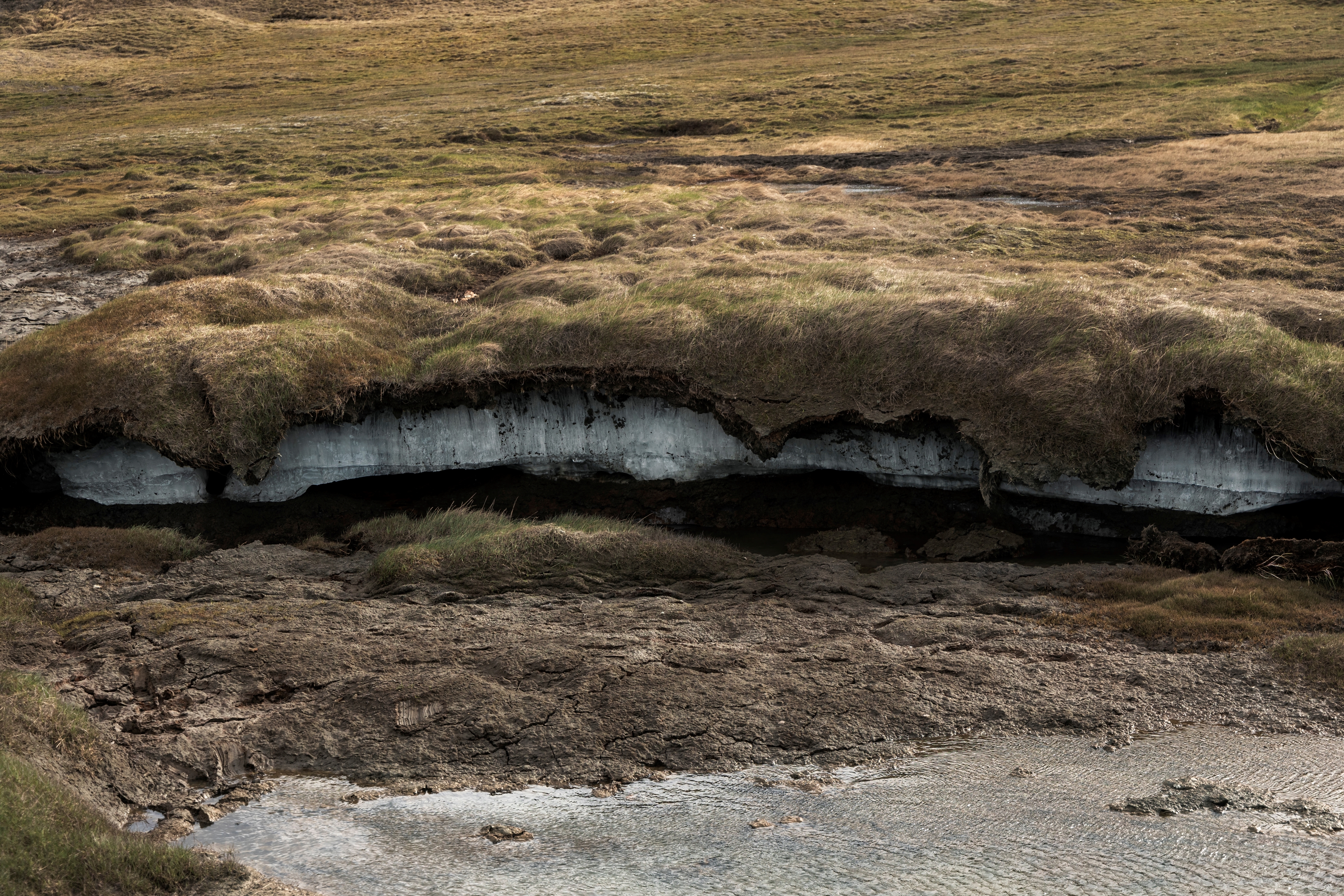With the planet getting warmer, so too is the frozen layer of ground underneath its coldest regions. According to a new study, the thawing of this permafrost could bring with it a significant health hazard to those living in sub-Arctic communities: increased exposure to the cancer-causing gas, radon.
Permafrost – a layer of ground frozen for more than two years – normally acts as a protective barrier from gas stores that lie beneath our feet, including radon. However, if it thaws, radon may be able to travel to the surface and accumulate in buildings. This presents a potential problem because radon, which is naturally occurring and radioactive, can also lead to cancer.
“Radon is known to be the second most important cause of lung cancer after smoking. Smoking also exacerbates radon-acquired lung cancer rates by about 26 times, and smoking is up to 4.4 times more prevalent in Arctic communities,” said study author Professor Paul Glover in a statement.
“Consequently, an unexpected plume of radon could represent a dangerous health hazard if it is not planned for.”
To assess the dangers it might pose with increased permafrost thawing, Glover and colleagues modeled radon production and how the gas might flow through soil, permafrost, and buildings (including those with basements and those without), depending on the depth of the permafrost and how fast it might thaw.
The model confirmed that permafrost acts as a barrier, but also ends up increasing the concentration of the radon trapped beneath it by up to 12 times. It also revealed that for buildings with basements, permafrost thaw could lead to a dramatic and long-lasting increase in radon concentration compared to background levels.
Permafrost is often thought of as permanently frozen, but climate change is causing it to thaw.
Image credit: Margo Photography/Shutterstock.com
Though there’s no known safe level of radon, for up to seven years, the concentration could be greater than the 200 becquerel per cubic meter value used by several countries as a threshold to take action – this can include increasing ventilation and sealing up cracks.
“Our results show clearly that the pent-up reservoir of radon can be released into the basements of buildings over a long period and will remain above radiation action levels for four to seven years,” explained Glover.
Although the authors caution that the results are based on a model that made many assumptions, the potential health risks to sub-Arctic populations, particularly those with lots of smokers, still lends them importance.
“If the permafrost were stable, there would be no cause to be concerned. However, it is now widely recognised that climate change is leading to significant thawing of permafrost, with a 42 percent expected loss of permafrost in the Arctic Circumpolar Permafrost Region (ACPR) by 2050,” said Glover.
“Since there has been no perceived historical radon problem in these communities and the gas itself is undetectable without specialist devices, we regard this as an important and totally avoidable threat to the health of the northern communities.”
The study is published in Earth’s Future.
Source Link: Thawing Permafrost Could Unleash Cancer-Causing Gas In Arctic
